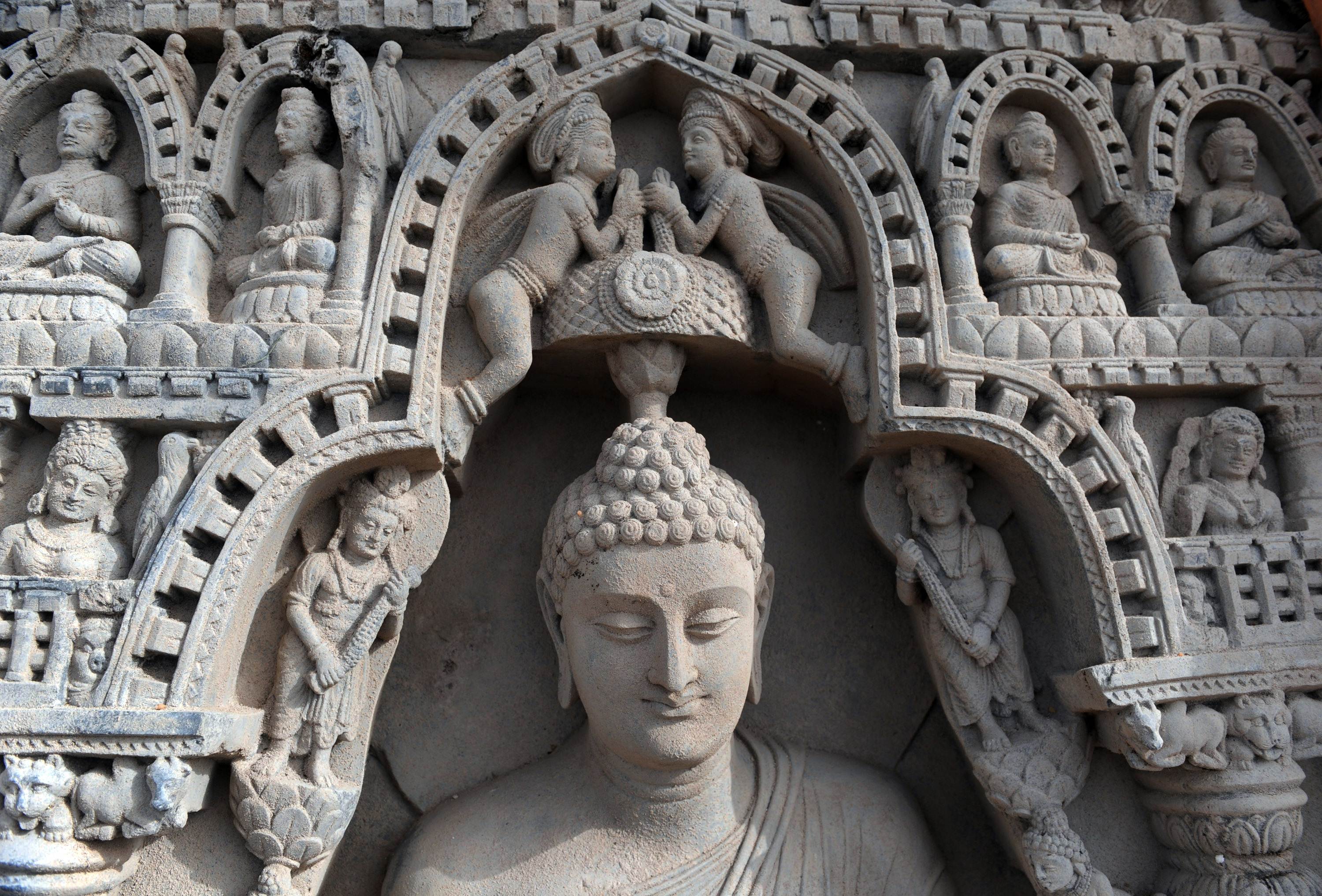
Article by
Most of the historians agree and some historical events confirm it, that the area west of River Indus which Achaemenien Empire Cyrus (558-529 B.C) added to his kingdom also included Gandaritis which means that Gandhara as a nation existed during the reign of Cyrus. But where exactly in the west of River Indus Gandhara is not known. In the Behistun Inscription of the year 516 B.Cof Emperor Darius I,there are mentioned 23 major provinces that were subordinate to him. The name of Gandhara satrapy appears at no. 20. India is not included in this list. This is because India or Hind of that period lied east of River Indus. The word H(i)ndu (India) does occur in lines 17-18 another inscription dated 518 BC at Persepolis in Sheraz (Istakhar, also called Takht-i-Jamshed) and the line no. 25 of the inscriptions at Naqsh-i-Rustam dated 515 BC.
This shows that the Achaemenid period started from the east bank of the River corresponding to the western boundary of Punjab. It means that Punjab was invaded in between 516-515 B.C. But still we are not sure about the eastern boundary of the Kingdom of Cyrus’ in Hindustan. But we are sure that Sind and Gandhara were the two satrapies of Achaemenian ruler Darius I the latter extended from Hindukush to River Jhelum which inter-alia included the present districts of Peshawar, Attock and Rawalpindi. Normally, the boundary of Gandhara is fixed at river Indus. We do not know which city acted as the capital of the Achaemenid in Hindi?
Probably, it was Taxila(Takshashila) whose antiquity and significance in this region is confirmed both by Ramyan,Mahabharata and Buddhist Jataka stories and by the Greek writers. At the time of Alexander’s invasion in 326 B.C it was already the capital city of Ambhi or Taxiles. From the site of Bhir Mound in Taxila some coins of Iranian weight as well as of Alexander Macedonian and Philip Aridaeous have also been discovered. Besides, a relic inscription of early 3rd century B.C has also been found from Sirkap, the 2nd city of Taxila. Pushkalavati or Pushkravati (present day Charsadah) in Peshawar valley can be another candidate for the same. It was an equally important city of the region. We may still consider another reference about Gandhara as a territory.
From another source that we know in about 517 B.C. Darius I commissioned a navigator named Scylax of Caryanda in Caria(Turkey), to map the course of the River Indus. Starting from the junction point of the rivers Indus and Kabul, opposite to Attock, he mapped the course of the river bed. He took off this voyage from a place called Kaspatyros (or Kaspapyros) somewhere in Gandhara. This, therefore becomes the 3rd firm reference about Gandhara as a geographical unit near the junction point of the rivers Indus and Kabul. The Scylax fleet was present in the river Kabul before entering the river Indus. So, its preparation was not far from the junction point of the river Indus and Kabul. This location could be the present day town of Jehangira, an ancient ferry point on the left bank of the river Kabul and some six miles 10 kilometers upstream from its junction with the Indus. The starting point of Scylax may be placed at Pushkalavati. Hecataios, a resident of Miletus in Turkey, and a writer on geography has also mentioned Gandhara from where Scylax started his journey from a point called Kaspatyros. His book was written before the 5th century B.C.
 Monthly "Azeem English Magazine", launched in 2000, records the information about diverse fields like mental health, literature, research, science, and art. The magazine's objective is to impart social, cultural, and literary values to society.
Monthly "Azeem English Magazine", launched in 2000, records the information about diverse fields like mental health, literature, research, science, and art. The magazine's objective is to impart social, cultural, and literary values to society.
+92 51 88 93 092
First Floor, RAS Arcade, Eidhi Market, Street#124, G-13/4, Islamabad, Pakistan, 44000.